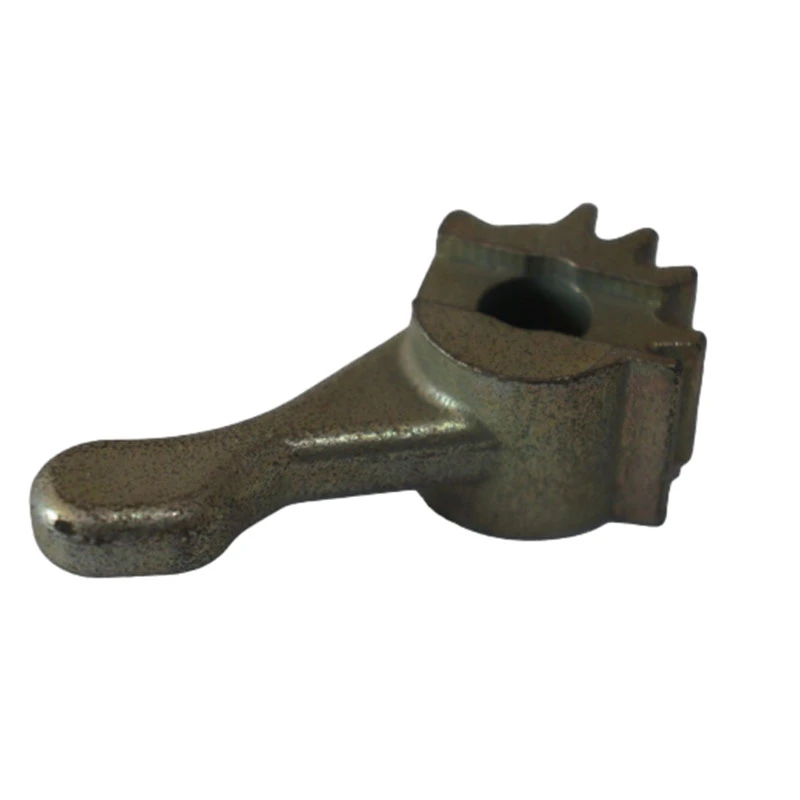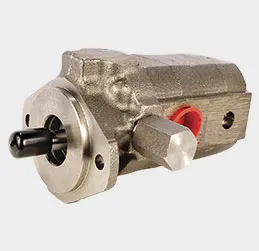Premium Sand for Metal Casting High-Performance Mold Material
- The fundamental role of foundry sand in metal casting processes
- Technical specifications and performance advantages of premium casting sand
- Comparative analysis of leading foundry sand manufacturers
- Customization strategies for application-specific casting solutions
- Implementation case study in industrial valve production
- Operational best practices for optimal sand utilization
- Emerging innovations and sustainability initiatives in sand casting

(sand for casting metal)
Sand for Casting Metal: The Foundation of Modern Foundries
Metal casting in sand remains the dominant manufacturing method for complex metal components, constituting over 70% of all cast metal parts produced globally. This time-tested process relies fundamentally on specialized foundry sand that creates precise molds while withstanding extreme temperatures exceeding 1600°C. Quality sand for casting metal
directly impacts dimensional accuracy, surface finish, and defect minimization.
Industrial applications prioritize sands with specific refractory properties tailored to ferrous and non-ferrous alloys. The geological composition determines performance characteristics - silica sands offer superior thermal stability for ferrous alloys, while zircon sands demonstrate 25% less thermal expansion. Olivine sands deliver exceptional heat transfer needed for specialized applications like steel gears or turbocharger housings.
Technical Specifications Driving Casting Performance
Premium foundry sand delivers critical physical properties through precise engineering. Key parameters include Grain Fineness Number (GFN) between 50-120 for controlled surface finish, optimal AFS Clay content of 10-15% for mold stability, and permeability ratings exceeding 150 for adequate gas venting. Modern foundry sands feature proprietary coatings that reduce binder requirements by 30% while maintaining compression strength over 200 psi.
Advanced formulations incorporate chromite or magnetite additives to control cooling rates during solidification phase. Thermal conductivity values vary significantly by sand composition - zircon sand achieves 0.4 W/m·K versus silica's 0.2 W/m·K. This enables foundries to engineer cooling curves that optimize microstructure development. Research shows these enhanced sands reduce machining allowances by 15% and decrease surface defects by 40%.
Manufacturer Comparison Data Analysis
| Manufacturer | Sand Type | Heat Resistance (°C) | Reuse Cycles | Surface Finish (Ra μm) | Premium Tier Price/Ton |
|---|---|---|---|---|---|
| U.S. Silica | Premium Silica | 1680 | 3-5 | 12.5 | $85-$110 |
| Covia Holdings | Engineered Zircon | 1890 | 8-12 | 8.2 | $480-$510 |
| Badger Mining | Ceramic-Coated | 1750 | 15-20 | 6.8 | $330-$360 |
| IMERY's Minerals | Enhanced Olivine | 1650 | 10-15 | 9.3 | $275-$300 |
Application-Tailored Formulation Solutions
Leading suppliers offer comprehensive analytical services to develop proprietary sand mixtures addressing specific production challenges. Through mold simulation software and lab testing, engineers optimize grain distribution curves for intricate cores requiring high-resolution detail, specifying uniform coefficient below 1.2 rather than standard sands exceeding 1.8. Computational fluid dynamics identify permeability adjustments reducing inclusion defects in complex geometries.
For aluminum casting requiring fast heat dissipation, silica-chromite blends boost thermal diffusivity 35% versus conventional sands. In high-pressure molding applications, polymer-enhanced formulations achieve 350 psi retained strength without flowability compromise. Foundries report 17% reduction in dimensional outliers after implementing customized sands with controlled expansion coefficients matching specific alloy solidification patterns.
Industrial Valve Production Implementation
A major valve manufacturer producing stainless steel pressure housings implemented tailored silica-zircon composite sand after experiencing excessive surface pitting. The engineering team documented performance improvements post-transition:
Performance Metric | Standard Silica | Optimized Composite
Scrap Rate | 11.2% | 3.7%
Dimensional Accuracy | ±1.8mm | ±0.6mm
Surface Finish | 350-500 μin | 125-200 μin
Mold Production Rate | 8 units/hour | 13 units/hour
This enhanced capability reduced machining costs by $86 per unit and enabled tighter tolerances for high-pressure applications. The solution paid back implementation costs in 7 months.
Optimal Handling and Reclamation Protocols
Proper sand management significantly impacts economic viability. Implementing thermal reclamation systems restores 85-90% of bentonite-bonded sands to virgin-grade specifications. Critical parameters include maintaining moisture consistently below 1.5% and controlling LOI (loss on ignition) under 2.0% through adequate carbon removal.
Automated sand conditioning stations using real-time monitoring adjust binder ratios within ±0.5% accuracy, reducing consumption by 20-25%. Facilities employing closed-loop water cooling report 50% less new sand requirements versus open systems. These integrated approaches enable foundries to operate 30% more casting lines without increasing sand procurement volumes.
Sand for Casting Metal: Emerging Innovations
Material science breakthroughs continue evolving sand casting metal capabilities. Nanotechnology-enhanced binders form molecular-level bonds that increase tensile strength by 60% while maintaining complete collapsibility. New inorganic binder systems eliminate volatile organic compound emissions completely, already implemented by 27% of European foundries under environmental regulations.
Hybrid sands incorporating recycled glass cullet demonstrate 15% higher thermal conductivity than conventional sands, particularly effective for copper alloys. Research institutions are developing self-healing sand composites that automatically seal microcracks above 900°C using liquid metal infiltration. These advancements position sand casting metal for continued dominance in component manufacturing, especially as automation integration drives 25% annual efficiency gains.

(sand for casting metal)
FAQS on sand for casting metal
Q: What is sand casting in metalworking?
A: Sand casting is a metal-forming process that uses specialized sand molds to create complex shapes. Molten metal is poured into sand cavities formed around a pattern. It's cost-effective for both small and large-scale metal components.
Q: What makes sand suitable for metal casting?
A: Foundry sand requires high heat resistance to withstand molten metal temperatures. Optimal grain size and shape ensure proper gas permeability and mold stability. Binding agents like clay or resin help maintain cavity integrity during pouring.
Q: What types of sand are used in metal casting?
A: Silica sand is most common due to its availability and thermal stability. Specialty options include chromite and zircon sands for high-temperature alloys. Green sand (clay-bonded) and resin-bonded sand cater to different precision needs.
Q: How is sand prepared for metal casting molds?
A: Sand is mixed with binders and additives to achieve optimal strength and permeability. Proper moisture control ensures mold cohesion without gas defects. Compaction techniques like ramming create dense, durable molds around patterns.
Q: What are the advantages of sand casting over other methods?
A: Sand casting accommodates extremely large parts impossible with other techniques. Minimal tooling costs make it economical for low-volume production. Recyclable sand molds support sustainable manufacturing practices.
-
Premium Green Sand for Casting | Durable & Cost-Effective Mold SolutionNewsJul.25,2025
-
OEM Sand Cast Pump Valve Fittings - Baoding Hairun Machinery | Precision Engineering, CustomizationNewsJul.22,2025
-
OEM Sand Cast Pump Valve Fittings-Baoding Hairun Machinery|Precision Engineering,Industrial ApplicationsNewsJul.21,2025
-
OEM Sand Cast Pump Valve Fittings-Precision Engineering|Green Sand Casting&Industrial ApplicationsNewsJul.21,2025
-
OEM Sand Cast Pump Valve Fittings-Precision Engineering|Green Sand Casting&Industrial ApplicationsNewsJul.21,2025
-
OEM Sand Cast Pump Valve Fittings-Precision Engineering|Green Sand Casting&Industrial ApplicationsNewsJul.21,2025















